The Harlem Renaissance was a cultural movement that spanned the 1920s. At the time, it was known as the "New Negro Movement", named after the 1925 anthology by Alain Locke.
Though it was centered in the Harlem neighborhood of New York City, many French-speaking black writers from African and Caribbean colonies who lived in Paris were also influenced by the Harlem Renaissance.
The Charleston is a dance named for the city of Charleston, South California. The rhythm was popularized in mainstream dance music in the United States by a 1923 tune called “the Charleston” by composer/pianist James P. Johnson.
The traditional jazz band was composed primarily of brass instruments and was considered a symbol of the south, but the piano was considered an instrument of the wealthy. With this instrumental modification to the existing genre, the wealthy blacks now had more access to jazz music. Its popularity soon spread throughout the country and was consequently at an all time high.
The Cotton Club was a famous jazz music night club located in the Harlem neighborhood of New York City which operated from 1923 to 1940, most notably during America's Prohibition Era lasting from 1919 to 1933. The club was a white-only establishment even though it featured many of the greatest Black entertainers
Hughes, who claimed Paul Lawrence Dunbar, Carl Sandburg, and Walt Whitman as his primary influences, is particularly known for his insightful, colorful portrayals of black life in America from the twenties through the sixties. He wrote novels, short stories and plays, as well as poetry, and is also known for his engagement with the world of jazz and the influence it had on his writing, as in "Montage of a Dream Deferred." His life and work were enormously important in shaping the artistic contributions of the Harlem Renaissance of the 1920s.
Harlem Renaissance
Arriving in 1925, Douglas quickly became immersed Harlem's cultural life. He contributed illustrations to Opportunity, the National Urban League's magazine, and to The Crisis, put out by the National Association for the Advancement Colored People. Douglas created powerful images of African-American life and struggles, and won awards for the work he created for these publications, ultimately receiving a commission to illustrate an anthology of philosopher Alain LeRoy Locke's work, entitled The New Negro.
Arriving in 1925, Douglas quickly became immersed Harlem's cultural life. He contributed illustrations to Opportunity, the National Urban League's magazine, and to The Crisis, put out by the National Association for the Advancement Colored People. Douglas created powerful images of African-American life and struggles, and won awards for the work he created for these publications, ultimately receiving a commission to illustrate an anthology of philosopher Alain LeRoy Locke's work, entitled The New Negro.
Lawrence is among the best-known 20th-century African-American painters, a distinction shared with Romare Bearden. Lawrence was only in his twenties when his "Migration Series" made him nationally famous. A part of this series was featured in a 1941 issue of Fortune magazine.
Jamaican-American writer and poet. He was a seminal figure in the Harlem Renaissance and wrote four novels: Home to Harlem (1928), a best-seller which won the Harmon Gold Award for Literature, Banjo (1929), Banana Bottom (1933) and in 1941 the manuscript of a novel that has not yet been published called Amiable With Big Teeth: A Novel of the Love Affair Between the Communists and the Poor Black Sheep of Harlem.[
Waller was one of the most popular performers of his era, finding critical and commercial success in his homeland and in Europe. He was also a prolific songwriter and many songs he wrote or co-wrote are still popular, such as "Honeysuckle Rose", "Ain't Misbehavin'" and "Squeeze Me".
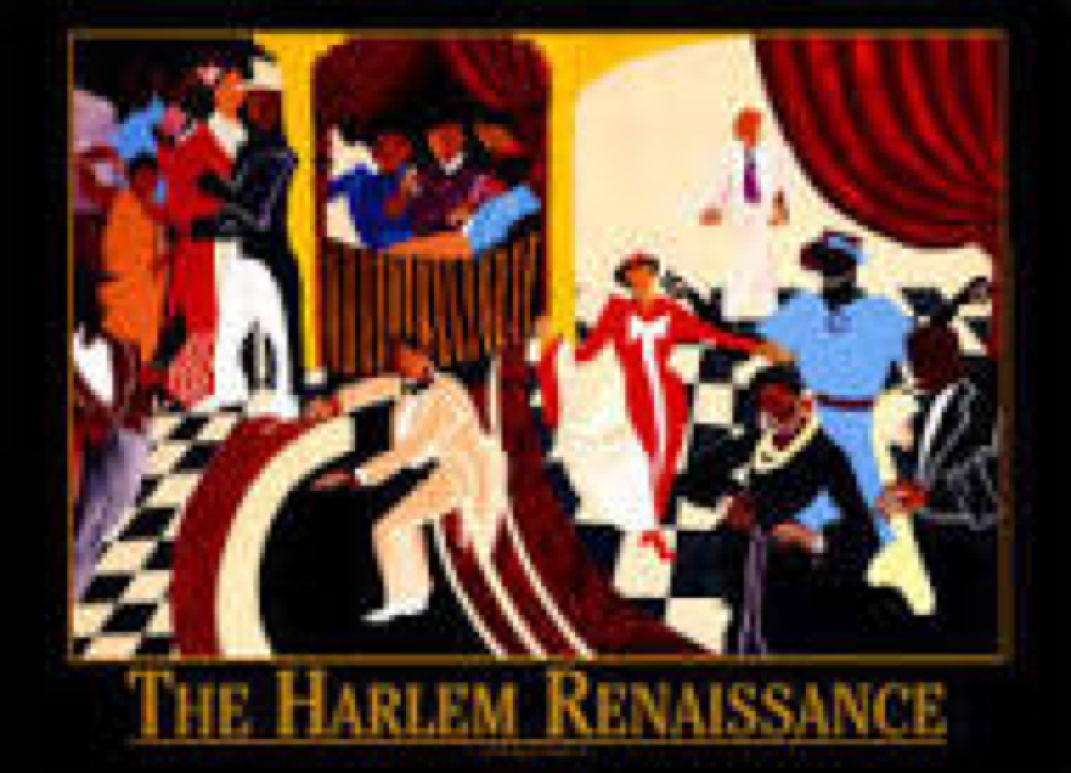
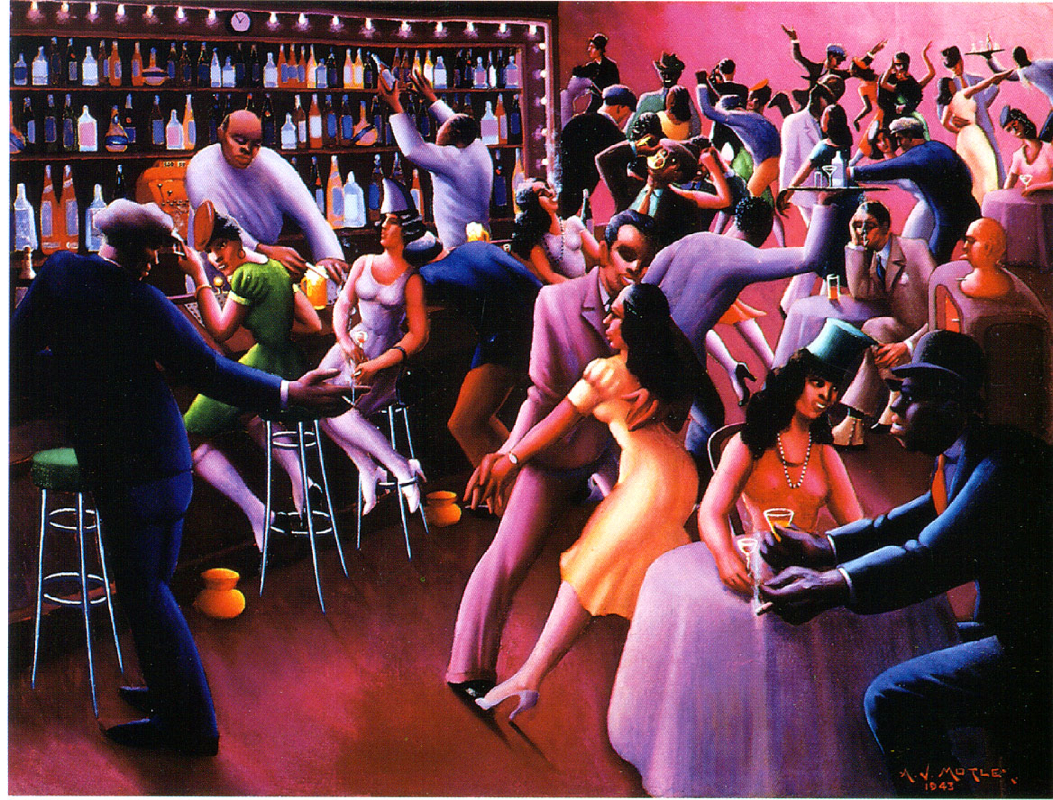
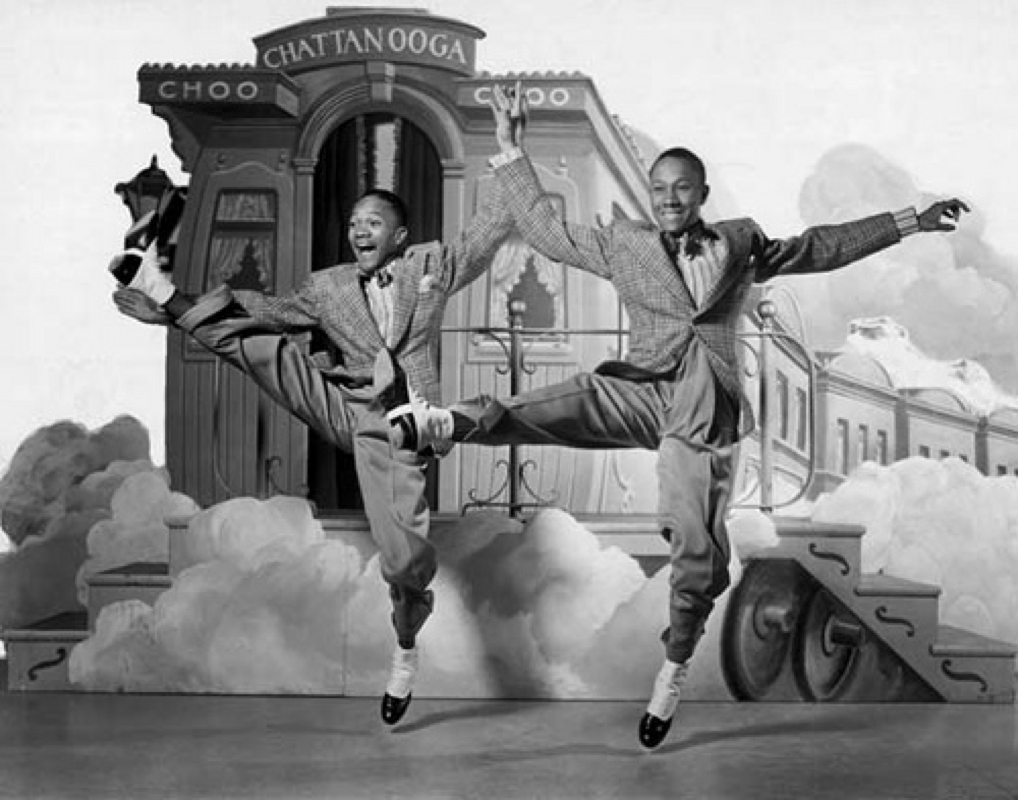
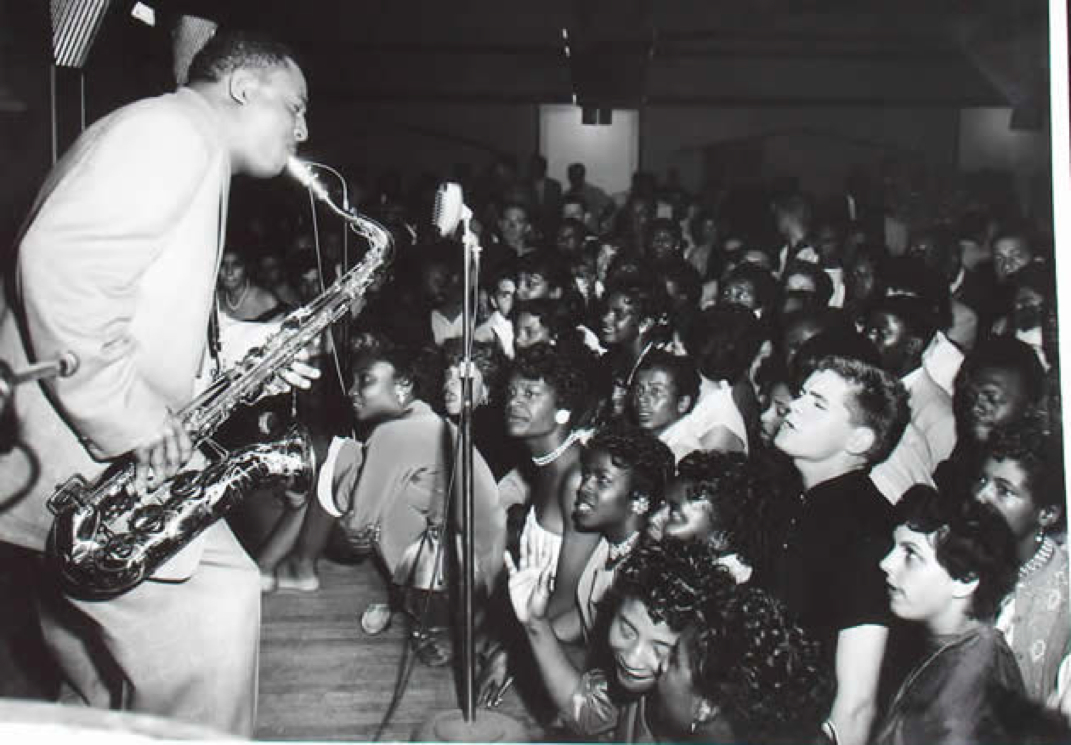
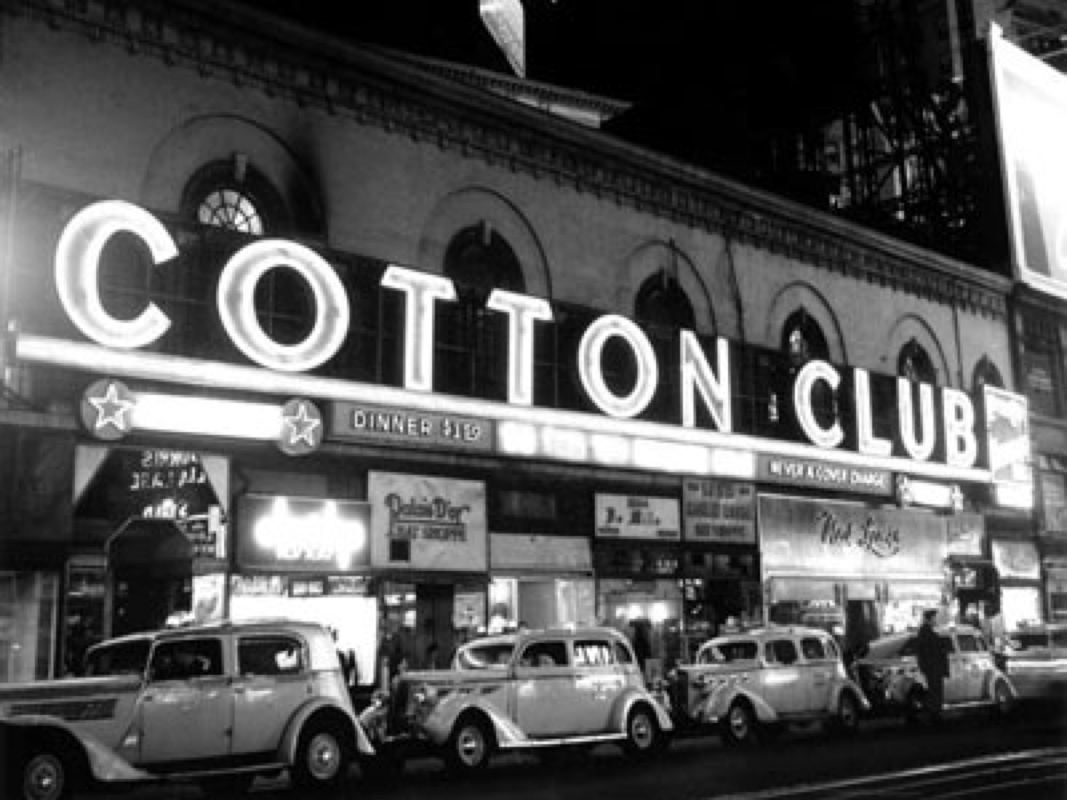
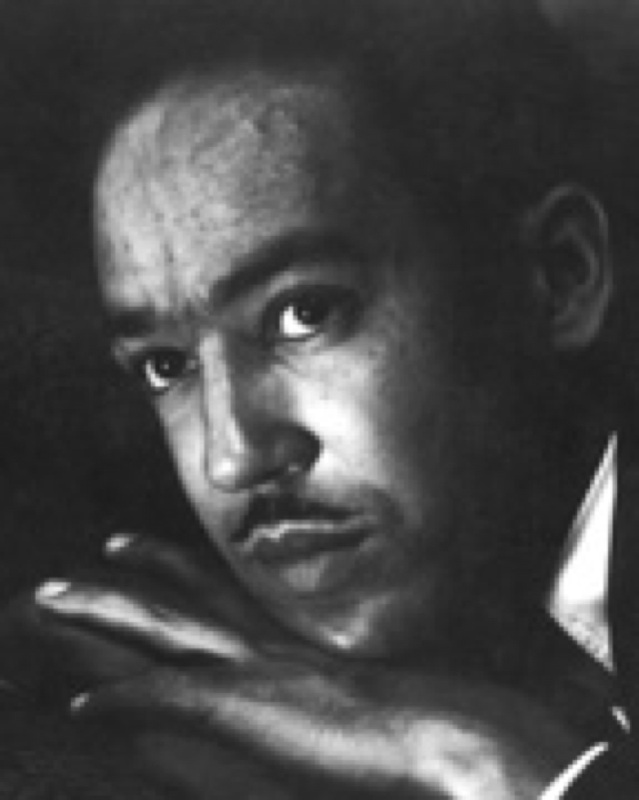
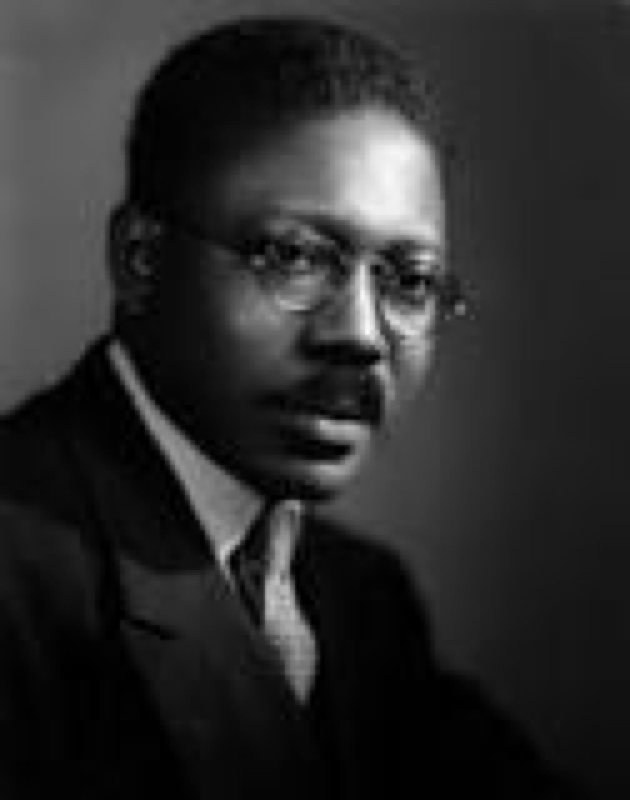

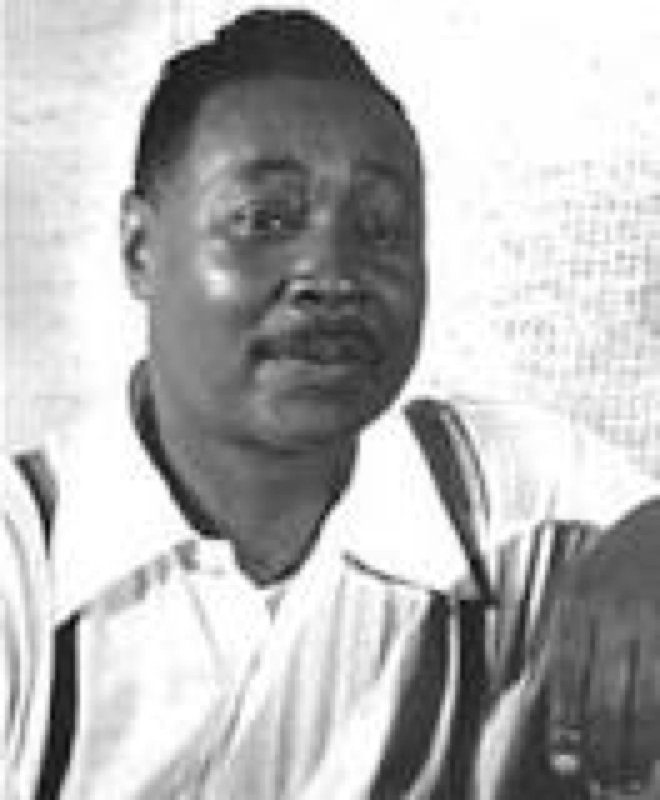
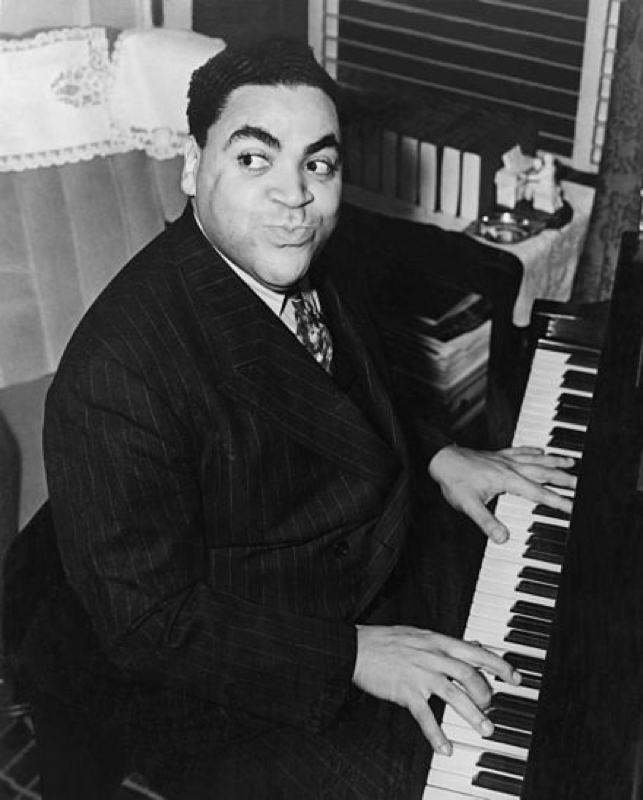
 RSS Feed
RSS Feed